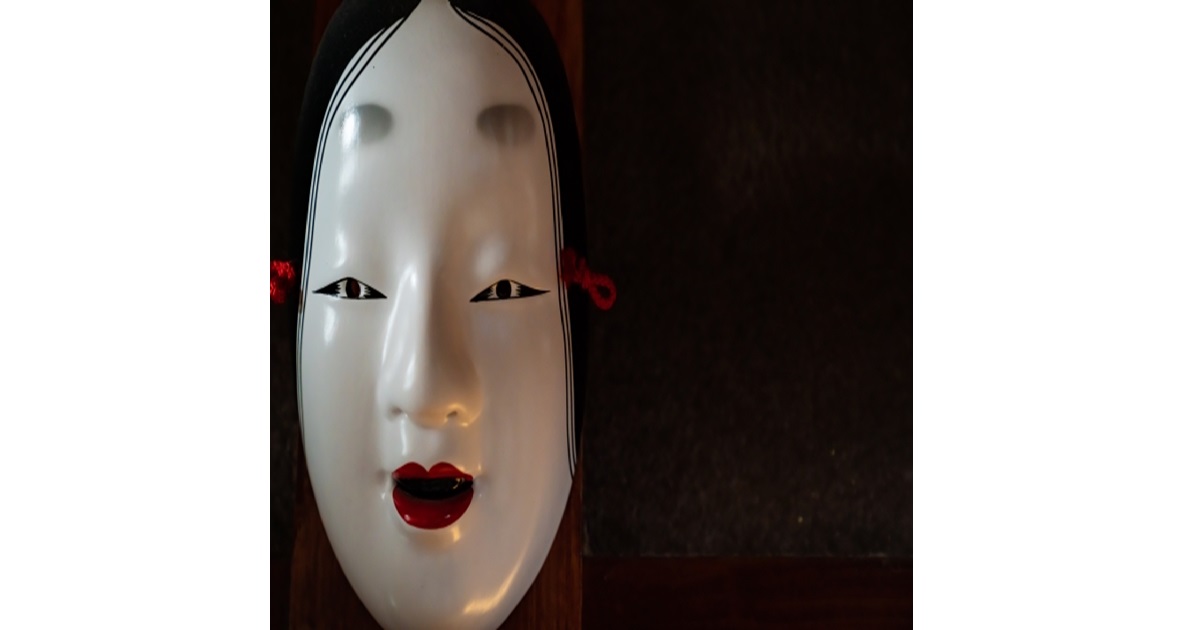You’re having a great conversation with a Japanese friend.
You suggest an idea, and they smile and say, “That sounds interesting! I’ll think about it.”
You feel great.
They loved your idea!
But then… you never hear about it again.
Weeks pass.
Nothing.
What happened?
My friend, you just had your first real encounter with one of the most complex, frustrating, and essential concepts in Japanese culture: Honne and Tatemae.
This is the idea of the “two faces”: the real intention (Honne) and the public facade (Tatemae).
And if you don’t understand it, you will never truly understand the people of Japan.
Are Japanese People Dishonest? Understanding Honne (Real Intention) and Tatemae (Public Facade)
What Are Honne and Tatemae, Really?
Let’s define these terms simply.
Honne (本音): This is your true, genuine feelings, opinions, and desires. It’s what you think in the deepest parts of your heart. It’s the “real you” that you only show to your closest family and friends.
Tatemae (建前): This is your “public face.” It’s the behavior and opinions you display in public to maintain social harmony and avoid conflict. It’s not necessarily a lie, but rather a carefully constructed version of the truth that is appropriate for the situation.
Living abroad, I learned that in many Western cultures, being direct and expressing your Honne is valued as a sign of honesty.
In Japan, however, forcing your Honne on others is often seen as selfish and childish.
Why Does This Culture Exist? It’s All About Harmony.
You might be thinking, “So, Japanese people are just being fake?”
I understand why it feels that way.
But from a Japanese perspective, Tatemae is not about being dishonest.
It’s about kindness and consideration.
Japan is a small island nation with a huge population.
For centuries, living peacefully together in close quarters meant that social harmony (和, “Wa”) was the most important value.
Tatemae is the tool used to maintain that harmony.
When your friend said, “That sounds interesting!” (Tatemae), their real thought might have been, “I don’t like that idea at all” (Honne).
But saying their Honne directly would have hurt your feelings and created an awkward situation. So, they used a polite, non-confrontational Tatemae to protect both your feelings and the harmony of the moment.
It’s a form of social self-defense.
How to Read Between the Lines
So, how can you tell the difference?
It’s not easy, but here are some clues.
Listen for vague, non-committal phrases.
Words like “chotto…” (a little…), “kangaete okimasu” (I’ll think about it), or “muzukashii kamo shiremasen” (it might be difficult) are often polite ways of saying “no.”
Pay attention to actions, not just words.
If someone verbally agrees to something but makes no effort to follow up, their actions are revealing their Honne.
My personal advice is to create a safe space.
If you really want a Japanese person’s honest opinion, you can say something like, “Please don’t worry about my feelings, I would really like to hear your honest thoughts (Honne).”
This gives them “permission” to be more direct.
My Recommendation: Your Guidebook to the Japanese Mind
I know this can be incredibly difficult to navigate.
If you truly want to master the art of communicating with Japanese people and avoid misunderstandings, I highly recommend a book called “The Culture Map” by Erin Meyer.
It’s not just about Japan, but it brilliantly explains how different cultures communicate, especially when it comes to directness versus indirectness.
It helped me immensely to understand my own culture from an outside perspective.
This book will be your secret weapon for building deeper, more genuine connections with Japanese people, both in business and in friendship.
My Final Word: It’s a Dance, Not a Lie
Please don’t leave this article thinking that Japanese people are two-faced liars.
That’s not it at all.
Think of it as a delicate social dance.
Understanding Honne and Tatemae is about learning the steps to that dance.
It’s about appreciating that in Japan, protecting the feelings of the group is often more important than expressing the feelings of the individual.
It’s one of the most challenging, but also one of the most rewarding, aspects of Japanese culture to understand.
You Might Also Like
The concept of Honne and Tatemae is closely related to how Japanese people communicate non-verbally.
The way they nod in conversation, for example, has a much deeper meaning than just “yes.”
The Secret Meaning of “Aizuchi”: Why Japanese People Nod So Much




